Is Psychotherapy a Type of Initiation
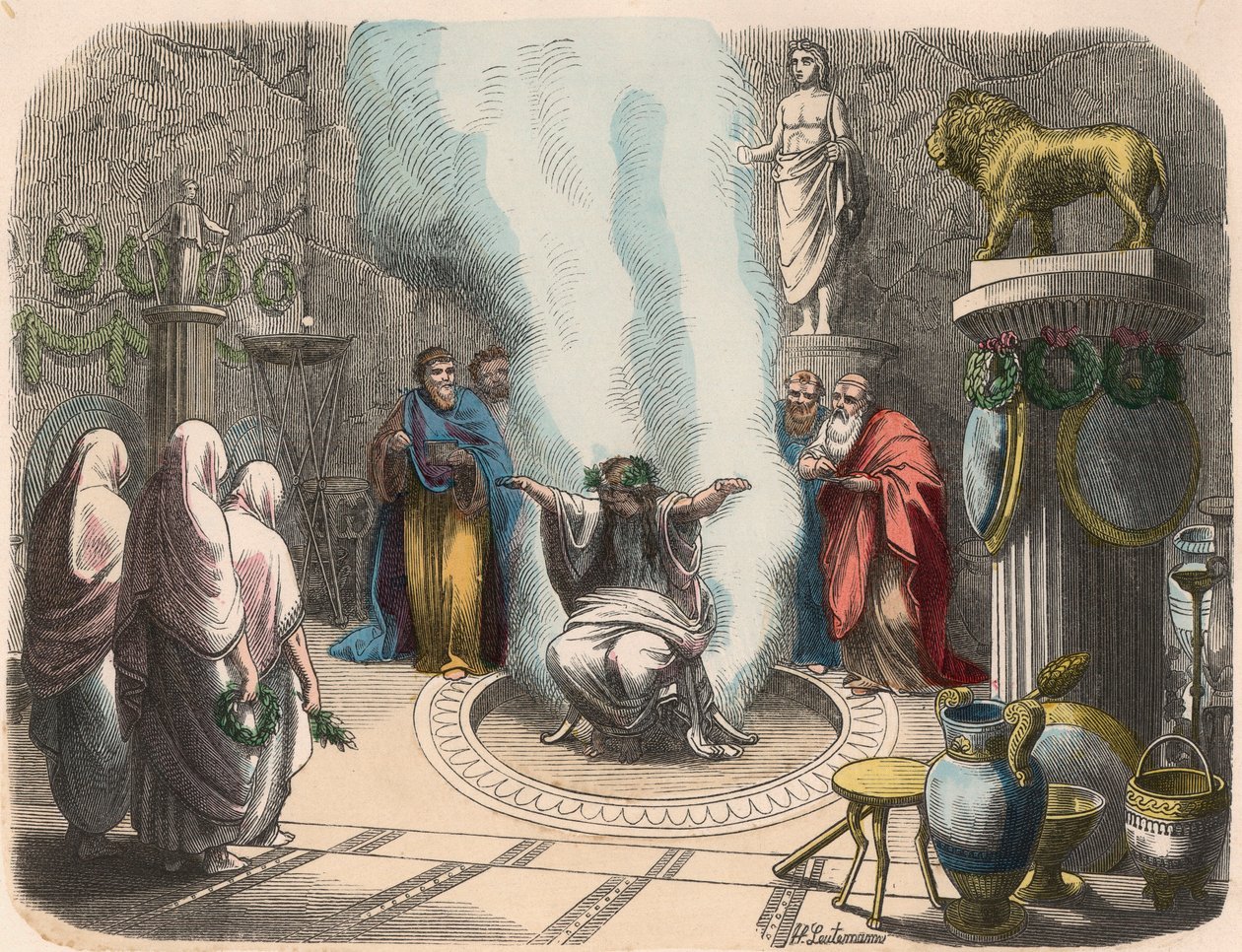
Have you ever been part of a fraternity, sorority, or similar organization? If so, you may have experienced rituals or ceremonies that felt both challenging and transformative. Even if you haven’t, you’ve likely encountered such rites of passage in religious services, coming-of-age celebrations, or weddings.
These experiences tap into a deep human need for initiation—a symbolic death and rebirth that ushers us into a new stage of life. We see this theme in modern day rituals like baptism, bar mitzvahs, and fraternal initiations. The physical challenges and psychological ordeals encountered in these rites mirror the trials of the hero’s journey.
Across time and culture, mystery traditions have harnessed this transformative power to catalyze profound growth. The Eleusinian Mysteries, perhaps the most famous of these ancient schools, guided initiates through a visceral descent into the underworld and subsequent return. Participants enacted the mythic journey of Demeter and Persephone, confronting the depths of loss and emerging with renewed appreciation for life’s cycles.
Similarly, Pythagorean initiates learned to see numbers as the sacred language of the kosmos. Through disciplined study and introspection, they sought to purify the soul and develop the capacity for philosophical thought. As Kingsley elaborates in his book “In the Dark Places of Wisdom”, Pythagorean philosophy was a lived practice of self-transformation, not just an abstract system.
The Orphic Mysteries likewise emphasized liberation from the material realm through ascetic practices and the study of sacred texts. Gnostic and Manichaean teachings held that divine sparks are trapped in human bodies. Through receiving secret knowledge (gnosis), initiates could free these sparks and reunite with the pleroma, or spiritual totality. Gnostic myths, chronicled by scholars like Elaine Pagels, often featured a salvific figure who descended into matter to show the way back to spirit.
In Mithraism, candidates underwent a graded series of ordeals such as fasting, symbolic combat, and ritual burial. By triumphing over these trials, they proved their virtue and forged unbreakable bonds with fellow initiates. The seven stages of Mithraic initiation represented an ascent through the celestial spheres, as Ulansey details in “The Origins of the Mithraic Mysteries”.
While clothed in their own sacred symbolism, these traditions share a common template. The aspirant separates from ordinary life, passes through an ordeal, receives instruction from elders and allies, makes atonement for past misdeeds, and returns to the community empowered to serve.
By examining this template, we can shed light on the archetypal underpinnings of modern psychotherapy. Like the mystery rites of old, the therapeutic process guides clients through a metamorphic journey of the soul.
Patients first separate from their familiar story. They enter the symbolic cave of the unconscious where they encounter neglected qualities, buried traumas, and existential doubts. Eliade, in “Rites and Symbols of Initiation”, describes such “rites of descent” as a universal feature of coming-of-age ceremonies.
The “confrontation with the shadow,” as Jungian analyst Edward Edinger termed it, forces a reckoning with the psyche’s disowned energies. Terrifying figures may arise in dreams and fantasies. Long-suppressed emotions erupt into awareness. Like the neophyte engulfed in darkness, the analysand must face these inner demons shorn of their persona and pretenses.
Meister Eckhart described how attachments to the ego must be surrendered to make room for divine union. Similarly, the “dark night of the soul” chronicled by mystics like St. John of the Cross and Teresa of Avila marks the painful passage when the familiar self “dies” to allow rebirth into spiritual maturity. French philosopher Simone Weil wrote movingly of how suffering itself can become a portal to grace by cracking open the heart.
Both mystery rites and psychotherapy employ “manufactured failures” as part of this ego-dissolution process. Candidates are thrust into ordeals designed to evoke a sense of inadequacy and vulnerability. Paradoxical koans and double binds frustrate the intellect, bringing the candidate to an impasse.
Whether fasting in the wilderness or free associating on the couch, the initiate’s illusory sense of control falls away, catalyzing a “crisis of meaning.” As described by Christina and Stanislov Grof in “The Stormy Search for the Self”, such spiritual emergencies mark the junctures where old identities break down and new, expanded selfhoods gestate.
With the support of the hierophant or analyst, the initiate endures this symbolic death. The Eleusinian seed, the Mithraic sword, the psychoanalytic couch—all serve as alchemical vessels for this metamorphosis. By surrendering to the process, the aspirant slowly gestates the philosopher’s stone of wholeness.
Having descended and atoned, the adept next receives sacred teachings and tools for navigating the depths. Pythagorean mathematicians studied the music of the spheres and learned to read the book of nature. Gnostic disciples pored over cosmological myths and mnemonic diagrams like the Ophite serpent coiled around concentric circles of celestial and infernal realms, as detailed in the Nag Hammadi scriptures. Therapy clients internalize psychological concepts and practice relational skills to heal old wounds.
But the return to the world has trials of its own. Initiates must learn to integrate their peak experiences and esoteric wisdom into the demands of mundane reality. Both mystery schools and therapy focus on helping adepts carry their transformation into relationships, work, and community service.
Ideally, those who have been initiated feel a responsibility to mentor others on the path. The Pythagorean initiate graduates to become a teacher of the community. The tribal elder who endured a vision quest guides the next generation through their own encounters with spirit. The therapy client may feel called to pursue a healing profession or simply pay forward their growth through volunteer and family roles.
Campbell spoke of the hero returning with an elixir to heal the kingdom. Bill W., co-founder of Alcoholics Anonymous, modeled this archetype. Having faced his own shadow and emerged from the underworld of addiction, he created a worldwide fellowship that has initiated countless others into lives of sobriety and service.
Remarkably, Bill W. corresponded with Carl Jung about the transpersonal dimensions of recovery. In a seminal letter, Jung affirmed that a “vital spiritual experience” was the key to overcoming alcoholism. He recognized that AA’s 12 steps functioned as a modern initiation rite catalyzing ego-surrender and rebirth. The Latin phrase “spiritus contra spiritum”—spirit against spirits—captures this alchemical transformation.
In all these ways, psychotherapy and the mystery traditions catalyze metamorphosis via an archetypal sequence of separation, ordeal, instruction, atonement, and return. By consciously embarking on such a rite of passage, the initiate sheds the false self and births the “essential Self” described by Roberto Assagioli in his Psychosynthesis model. Therapists and analysands can deepen their work by honoring this ancient lineage.
Ultimately, initiation never ends. Each stage of life—from birth to adolescence to midlife to our final years—invites us to take up the hero’s quest anew. The mysteries remind us that no matter how dark the passage, rebirth is always incubating. Persephone always ascends in the spring. In gathering the courage to descend, we reclaim our own divinity. The pearl of great price lies buried in the depths of the labyrinth, guarded by the monsters we fear to face. But in the facing, we come home to our wholeness.
Bibliography:
Eliade, M. (1958). Rites and Symbols of Initiation: The Mysteries of Birth and Rebirth. New York: Harper.
Campbell, J. (1949). The Hero With a Thousand Faces. New York: Pantheon Books.
Turner, V. W. (1969). The Ritual Process: Structure and Anti-Structure. Chicago: Aldine Publishing.
Grof, C., & Grof, S. (1990). The Stormy Search for the Self: A Guide to Personal Growth Through Transformational Crises. Los Angeles: J.P. Tarcher.
Meade, M. (1993). Men and the Water of Life: Initiation and the Tempering of Men. San Francisco, Calif: HarperSanFrancisco.
Assagioli, R. (1965). Psychosynthesis: A Manual of Principles and Techniques. New York: Hobbs, Dorman.
Edinger, E. F. (1972). Ego and Archetype: Individuation and the Religious Function of the Psyche. New York: Putnam.
Wilber, K. (1996). The Atman Project: A Transpersonal View of Human Development. Wheaton, Ill: Quest Books.
Jung, C. G., & Shamdasani, S. (2009). The Red Book: Liber Novus. New York: W.W. Norton & Co.
Mead, G. R. S. (1976). The Hymns of Hermes: Echoes from the Gnosis. San Diego, Calif: Wizards Bookshelf.
Pagels, E. H. (1979). The Gnostic Gospels. New York: Random House.
Meyer, M. W., & Funk, W.-P. (2007). The Nag Hammadi Scriptures. New York: HarperOne.
Ulansey, D. (1989). The Origins of the Mithraic Mysteries: Cosmology and Salvation in the Ancient World. New York: Oxford University Press.
Taylor, T. (1997). The Eleusinian and Bacchic Mysteries. Chicago: Ares Publishers.
Kingsley, P. (1999). In the Dark Places of Wisdom. Inverness, Calif: Golden Sufi Center.
Eckhart, M. (2009). Meister Eckhart’s Sermons. Transl. by Claud Field. The Floating Press.
John of the Cross. (2008). Dark Night of the Soul. Transl. by E. Allison Peers. Dover Publications.
Teresa of Avila. (1989). Interior Castle. New York: Doubleday.
Weil, S. (2009). Waiting for God. Harper Perennial Modern Classics.

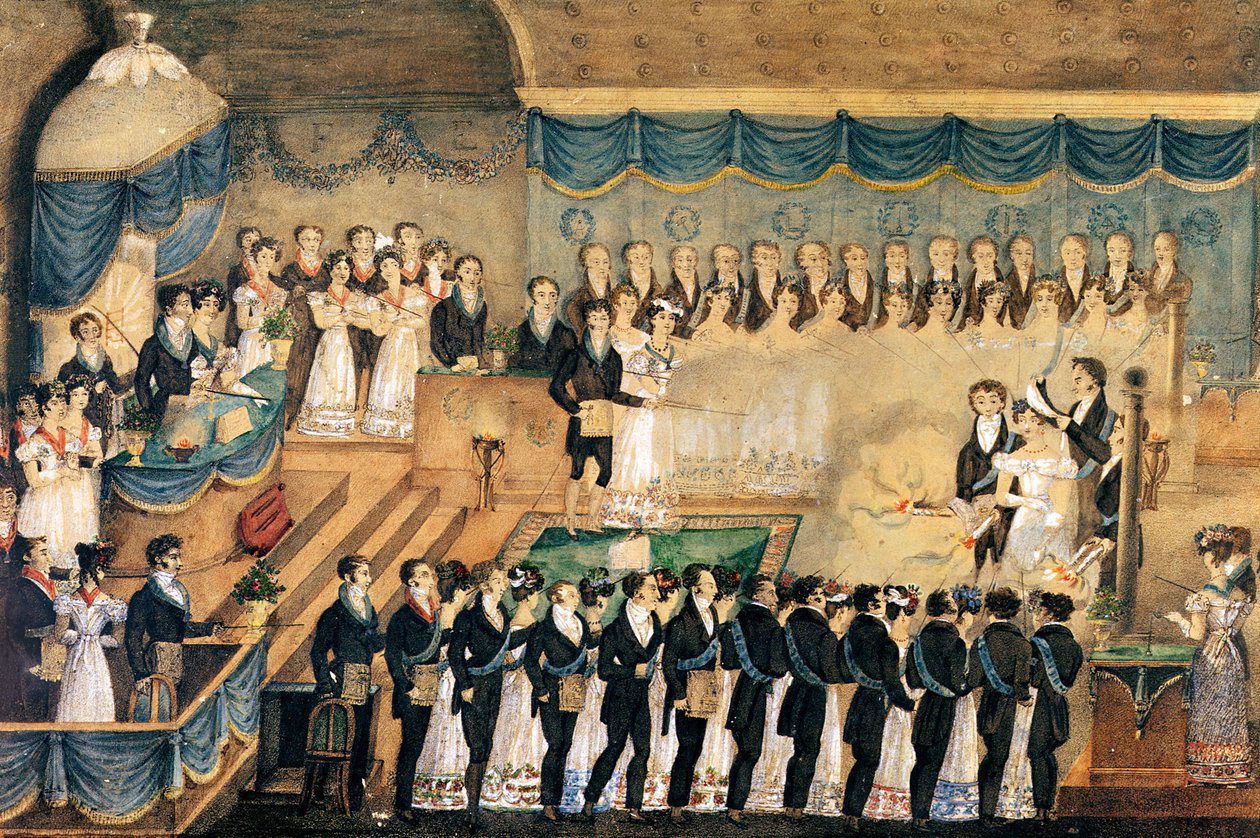


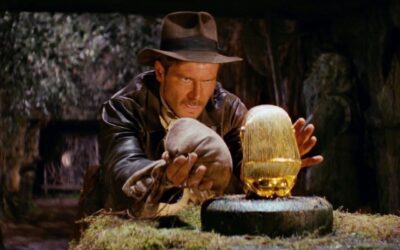
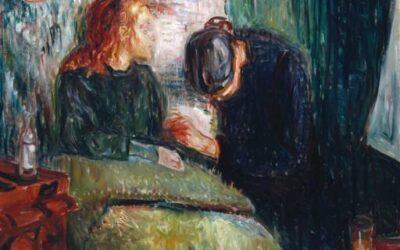
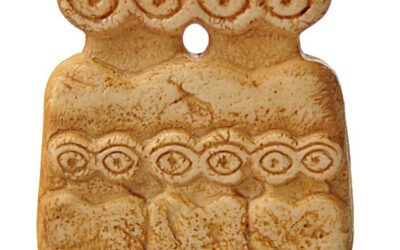

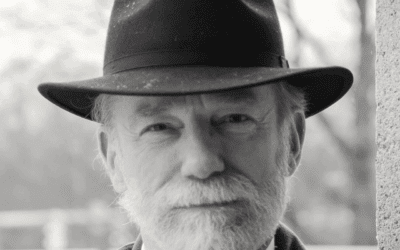
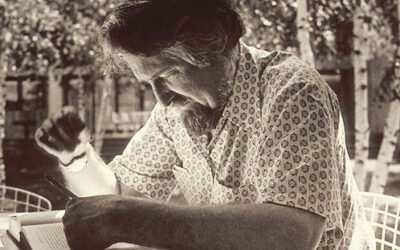
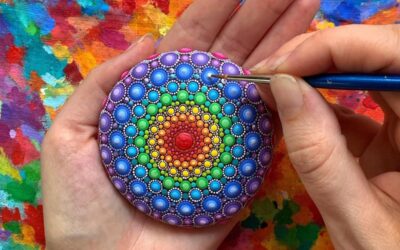
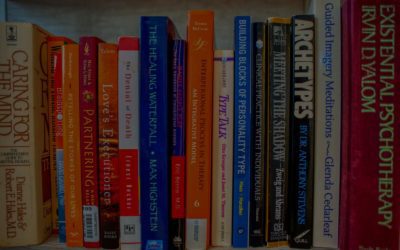



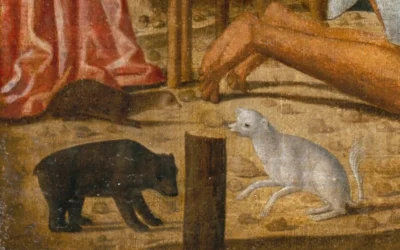
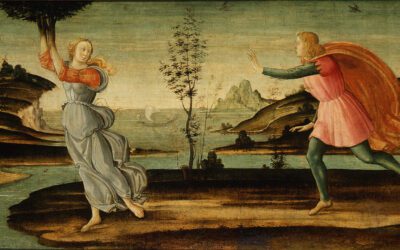

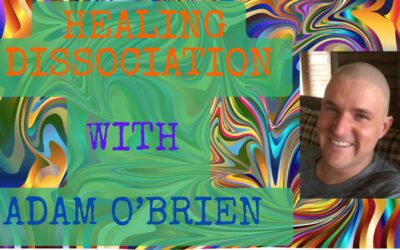
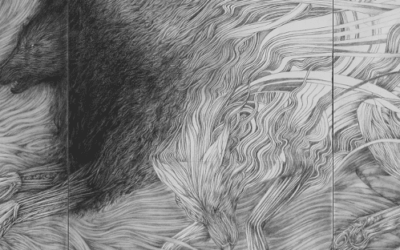
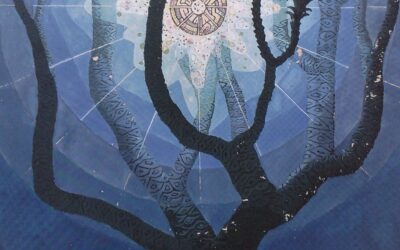

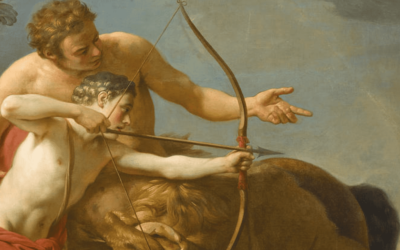



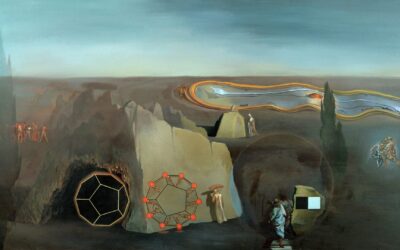
0 Comments